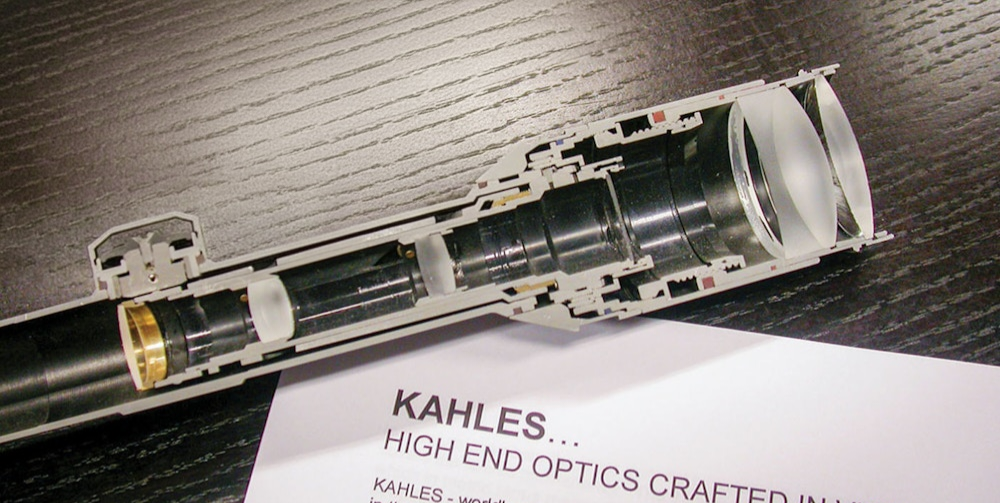
first focal plane versus second focal plane
What Are FFP and SFP Scopes?
First Focal Plane (FFP) scopes have the reticle placed near the objective lens so that the reticle scales with magnification.
Second Focal Plane (SFP) scopes position the reticle behind the magnification lenses, so the reticle remains fixed in size as you zoom
How Do They Differ?
| Feature |
FFP (First Focal Plane) |
SFP (Second Focal Plane) |
| Reticle Behavior |
Scales with magnification |
Fixed size regardless of zoom |
| Holdover Accuracy |
Accurate at any magnification |
Accurate only at one designated magnification (usually max zoom) |
| Best Use Case |
Long‑range, tactical shooting, dynamic engagements |
Hunting, general‑purpose, low‑light shooting |
How FFP and SFP Work (Visualized)
In an FFP scope, the reticle is placed in front of the magnification lens. So when you zoom, the reticle grows and shrinks along with the image.
In an SFP scope, the reticle sits behind the magnification lens, meaning the reticle remains constant in size even as the target image enlarges.

Advantages of FFP Scopes
- Accurate Holdovers at Any Magnification: MIL or MOA markings stay true at all zoom levels.
- Ideal for Long-Range Precision: Especially useful for dynamic target engagements at variable ranges.
- Tactical and Competition-Ready: FFP is preferred in PRS (Precision Rifle Series), military, and LE environments.
Disadvantages of FFP Scopes
- Reticle Can Get Too Small at Low Zoom: May be hard to see under 3x or 4x.
- Typically More Expensive: FFP scopes cost more due to complexity and lens alignment requirements.
- Heavier and Larger: Construction may add weight to your rifle.
Advantages of SFP Scopes
- Constant Reticle Size: Easier to see at low magnifications—ideal for hunting or CQB.
- More Affordable: Great entry-level option for budget-conscious shooters.
- Simpler Design: More intuitive for traditional hunters and general shooters.
Disadvantages of SFP Scopes
- Holdovers Only Accurate at One Power: Usually calibrated for max zoom (e.g., 10x or 24x).
- Limited Use for Precision Shooters: Ranging and corrections less precise under variable magnification.
FFP vs SFP: Use Case Comparison
| Use Case |
FFP |
SFP |
| Long-Range Precision |
✅ Excellent |
❌ Limited |
| Hunting |
⚠️ May be overkill |
✅ Ideal |
| PRS Competition |
✅ Preferred |
❌ Not optimal |
| Tactical / Military |
✅ Trusted |
⚠️ Use with training |
| AR-15 / LPVO |
✅ Great in 1-10x |
✅ Easier at 1x-6x |
Which Is Right for You?
Choose FFP if:
- You shoot at unknown or variable distances.
- You rely on holdovers or MIL/MOA calculations.
- You compete in long-range or tactical matches.
Choose SFP if:
- You’re primarily a hunter or casual shooter.
- You want a lighter, less complex optic.
- You mostly shoot at one magnification level.
Conclusion
There is no universally “better” focal plane—only the best one for your specific mission. FFP scopes are precise and scalable across magnifications, making them essential for long-range shooters and tactical operators. Meanwhile, SFP scopes are simple, bright, and cost-effective, especially for hunting and defensive use.
Evaluate your goals, your rifle, and your training style—then pick the optic that supports your success.





